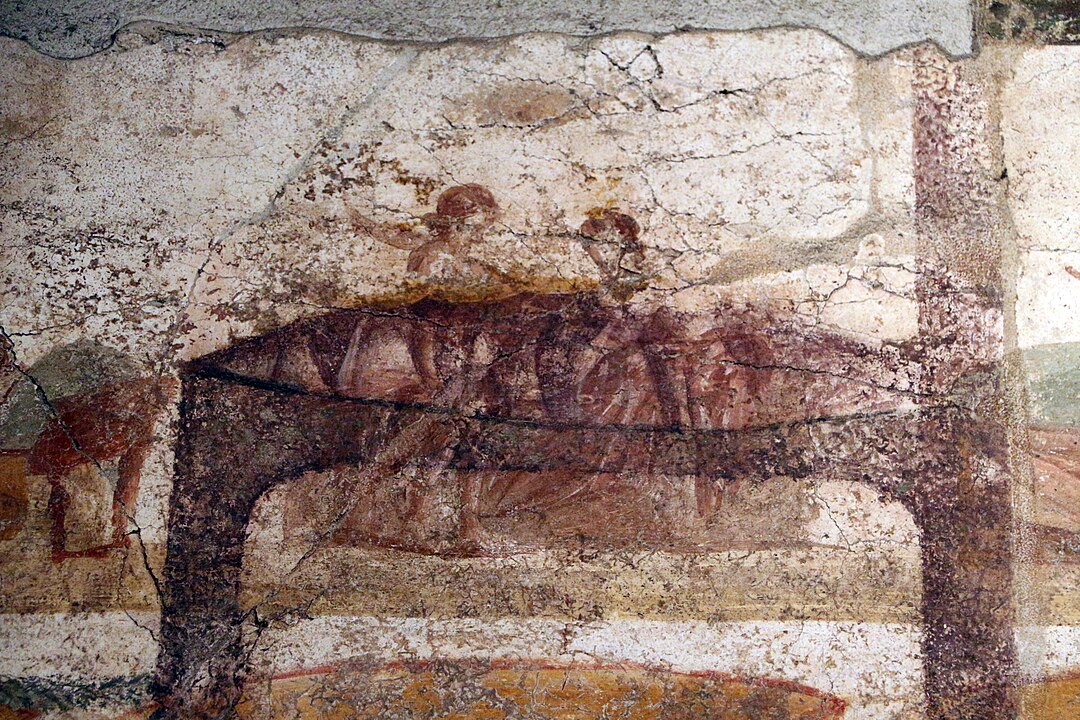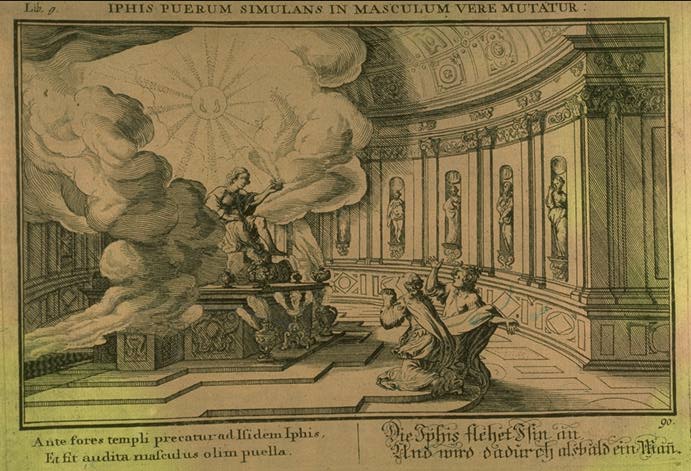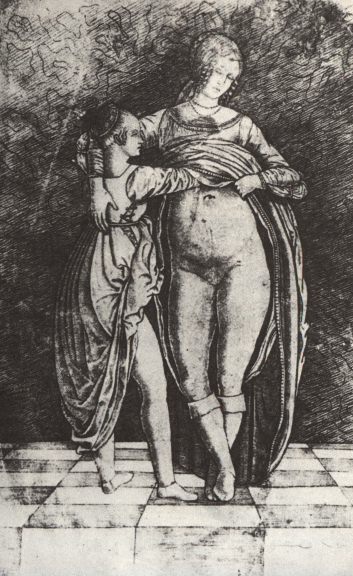Ancient Mesopotamia
Evidence from ancient Mesopotamia is limited, but a few surviving texts mention women in same-sex relationships. One Old Assyrian tablet describes two women, Ewanika and Adi-matum, who shared a betrothal contract for their “daughter.” While the details are unclear, it offers a rare glimpse into how female partnerships may have been understood or accepted within society.
Ancient Egypt
In Egypt, female relationships were sometimes hinted at through art and writing. Love spells from Roman Egypt (2nd–4th centuries CE) even record women asking deities to make other women fall in love with them. One spell, cast by a woman named Sophia for another named Gorgonia, passionately calls on divine powers to “set her heart on fire with love.” Letters from a fifth-century monastery also reveal that same-sex relationships between women did occur and were significant enough to spark moral debates among religious leaders.
Early China
In early imperial China, same-sex relationships between women were often referred to as duìshí literally “paired eating.” Within the royal courts and among concubines, women sometimes formed lifelong romantic bonds. Ancient texts even described intimate acts between women, suggesting these relationships were recognized, if not always formally accepted, parts of palace life.
Ancient Greece
Female homosexuality in Greece is most famously connected to the poet Sappho, who lived on the island of Lesbos around 600 BCE. Her surviving poetry describes deep affection and desire between women, making her one of the earliest recorded voices of female same-sex love. While public discussions of lesbianism were rare, Sappho’s work and later Greek art and mythology, such as depictions of Artemis and Callisto, show that these relationships were known, if not widely spoken about.
Ancient India
Texts from India like the Kama Sutra and Arthashastra acknowledge sexual acts between women, sometimes even describing the use of tools or objects during sex. Although often labeled as “unsanctioned,” these records show that same-sex intimacy among women was recognized and discussed in early Indian society.
The Roman World
In Roman literature, women’s same-sex love appears in myth and poetry. Ovid’s Metamorphoses tells the story of Iphis and Ianthe, two girls in love, portrayed with empathy and depth. Other writers described women who took on masculine roles in relationships, while Roman law and religion gradually framed such love as “unnatural.” Despite this, love stories and artwork from Pompeii and other sites suggest these relationships persisted, just less publicly.
Medieval Japan
During Japan’s Heian and Kamakura periods, literature reflected emotional and sometimes physical intimacy between women. Poems and diaries, like those of Murasaki Shikibu, author of The Tale of Genji, contain passionate exchanges that blur the line between platonic and romantic love. Stories like The Princess in Search of Herself describe open same-sex relationships among court ladies, revealing how love between women could exist even within highly structured social systems.
Medieval Ireland & Western Europe
Medieval Irish texts include stories of women who shared romantic bonds, such as the tale of St. Brigid of Kildare and her companion Darlughdacha. Other writings, including early penitential manuals, imposed religious penalties for “women who do the same thing among themselves,” showing that same-sex relationships were known, and policed, by the Church.
Across Europe, women poets like Bieiris de Romans wrote songs of love to other women, while monastic writings reveal moments of real affection. However, by the late Middle Ages, Church authorities and legal codes grew harsher. Some women were imprisoned or executed for same-sex acts, though many others lived quietly in communities where affection between women could thrive under more ambiguous terms.
The Medieval Arab World
In the medieval Arab world, lesbian love was discussed both in literature and medicine. Scholars tried to explain it scientifically, describing it as a “heat of the labia” cured only by touch, while poets like Wallada bint al-Mustakfi wrote love verses to women that were admired for their beauty. Some stories, like that of Hind bint al-Khuss and Hind bint al-Nu‘man, even celebrated lifelong devotion between women.
Medieval Judaism
In the 12th century, the philosopher Maimonides acknowledged relationships between women in his Mishneh Torah, calling attention to same-sex intimacy among women, evidence that even in deeply religious societies, these relationships were recognized and discussed.
A Quiet but Enduring History
From the temples of Mesopotamia to the monasteries of Europe, women have always loved women. The historical record may be fragmentary, but these scattered voices—through spells, poems, myths, and law codes—paint a vivid picture of love that persisted despite silence, repression, and erasure. Each story reminds us that queer history is ancient, layered, and beautifully human.





